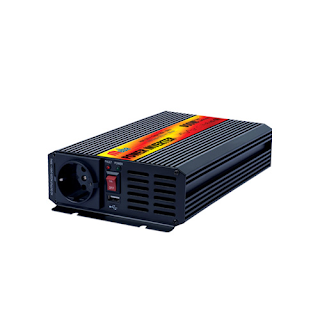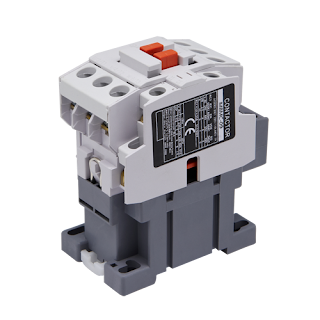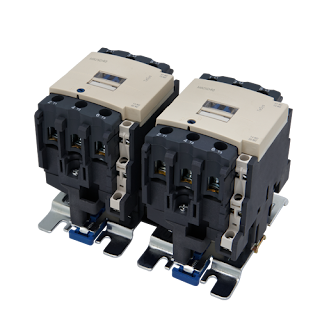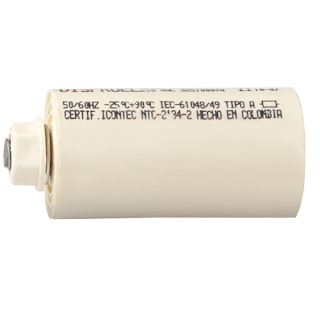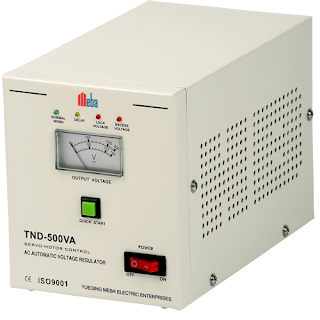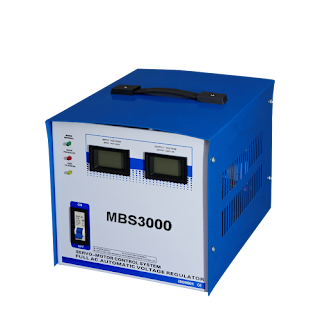Energy
is converted into usable form for you by your power inverter. First, it converts the alternating current (AC)
into direct current (DC) while charging the batteries. Storing power, this is
the form in which batteries are used. Next, the inverter converts the DC in
batteries to AC when you need to use storage. Your appliances need power in
this form.
Sine wave benefits over
square wave
When
it comes to the conversion of DC to AC, Sine wave inverters are more efficient
than square wave inverters. Due to greater efficiency, this ensures that the
power loss is minimized. Your electricity bill does not shoot up as a
consequence. Using a sine wave inverter offers this immediate benefit. Long-term
benefits are there.
A
sine wave will be represented by the red line in the figure while in a square
wave, the green one shows the current alternating. The smooth change-over of a true sine wave inverter can be seen. The grid supplies this kind of power. It is crucial for the kind of power be the
same as your inverter is going to be a substitute for grid power.
Sine wave inverters using Benefits
•
a sine wave supply must be present in devices using control circuits sensing
the phase for speed or voltage control devices sensing instantaneous crossing
of zero voltage. Sine wave changes polarity smoothly and instantaneously when
it crosses zero volts. As compared to the shape of the square wave, the fall and
rise of voltage is smooth. Inductive loads run faster, cooler and quieter due
to this feature.
•
The risk of damage to your sensitive appliances is minimized by a sine wave.
There is very little harmonic distortion in a sine wave as compared to a square
wave. This is essential for expensive equipment.
• Minimal harmonic distortion is present in electronic items like monitors, scanners and printers. Therefore, irregular printouts and fewer glitches are assured. For sensitive commercial applications, this is important too. Even less audible noise is produced by TV, audio amplifiers, fans etc. in square v/s sine wave power inverter. Follow us on Twitter

